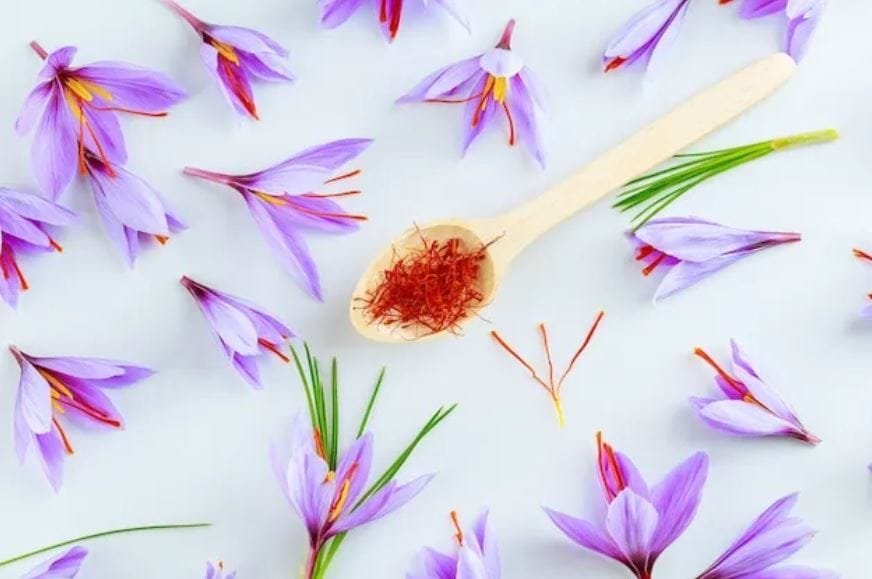 Saffron Extraction Techniques
Saffron Extraction Techniques
Saffron Extraction Techniques : Extracting the color from saffron is a key step for many chefs aiming to enhance their dishes, desserts, or beverages. Food colors generally fall into two categories: natural and artificial. Natural food colors like saffron and curcumin are derived from plants or animals, while artificial ones, such as sunset yellow and quinoline yellow, are produced through chemical reactions and are used as additives in the food industry.
Although pure saffron is highly pigmented, employing proper methods can help you maximize its color. Given saffron’s high price, most people prefer to use it as efficiently as possible. High-quality saffron is aromatic and richly colored, but to achieve its full potential, the preparation method matters. Here, we explore different methods to extract saffron color.
Buy and Store Saffron Correctly
Saffron Extraction Techniques : The first step is purchasing saffron from trusted sources or local farmers to ensure its quality and authenticity. Unfortunately, adulteration is common in the saffron trade. Once bought, store the saffron in a sealed, dry container, and grind it as needed. Avoid long-term storage, as saffron loses its potency over time.
Steeping Saffron Like Tea
Saffron Extraction Techniques : One common method is steeping saffron, similar to brewing tea. Start by slightly warming a teapot, add saffron, and pour boiling water over it. Place the teapot over a kettle or samovar to let it steep. Alternatively, leave the pot aside for a while. This popular approach among Iranian households is effective but not necessarily the best method for maximum color extraction.
Saffron Color Extraction with Ice
Saffron Extraction Techniques : Using ice is one of the most effective methods for extracting saffron color, although it takes longer than traditional steeping. Grind the saffron, place it in a glass, and add a piece of ice on top. Allow the ice to melt slowly. Afterward, pour a bit of boiling water into the container and cover it. The contrast in temperatures creates a shock, effectively releasing saffron’s vibrant color.
Quick Extraction Using Ice and Boiling Water
Saffron Extraction Techniques : This faster method reverses the typical ice approach. Add saffron to a container, pour boiling water over it, and then place a piece of ice on top. As the ice melts, the saffron undergoes another thermal shock, accelerating color extraction. For optimal results, keep the container warm, such as near the stove. The resulting saffron color may appear slightly lighter but is obtained quickly.
Uses of Saffron
Saffron is valued not only for its vibrant color and flavor but also for its health benefits. It is widely used as a natural flavoring in culinary industries like baking (e.g., in cake mixes), pharmaceutical products like antidepressants, and even in dairy production.
Ways to Use Saffron
Saffron can be utilized in various forms:
- Steeped Saffron: Mix 2 grams of saffron with one liter of boiling water and let it brew for 30 minutes. Store it in the refrigerator and use it as needed for dishes, desserts, or beverages.
- Saffron Powder: Dry saffron in a low-heat oven (2°C) before grinding and sifting it into a fine powder. Use small amounts to enjoy its color, aroma, and flavor.
Avoid grinding saffron with sugar or sugar cubes. While it may initially yield a bright color, the mixture quickly loses its pigmentation over time.
Conclusion
By following these methods, you can fully utilize saffron’s vibrant color and rich flavor. Whether you use it for culinary creations or health applications, proper preparation ensures you get the most out of this golden spice.
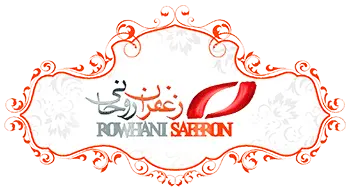
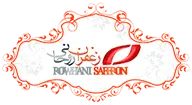
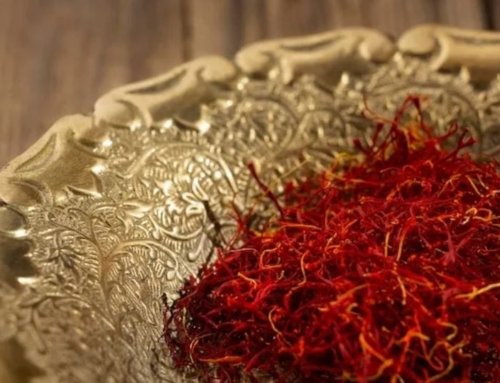
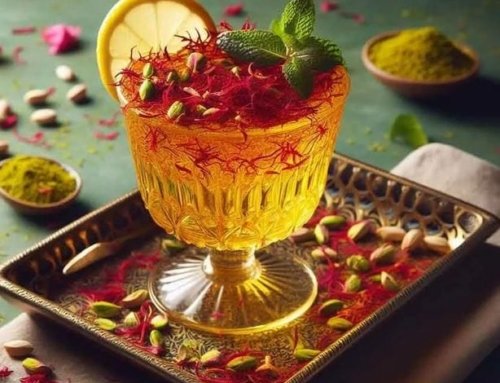
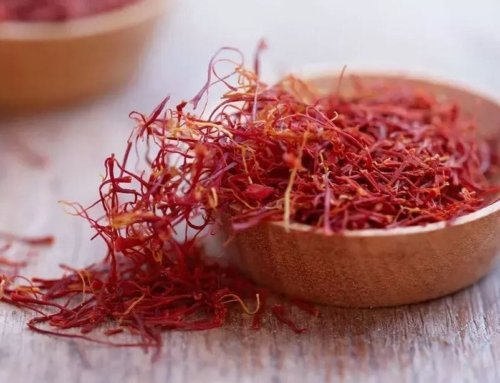
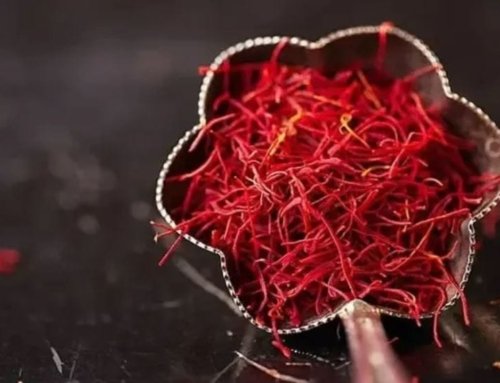
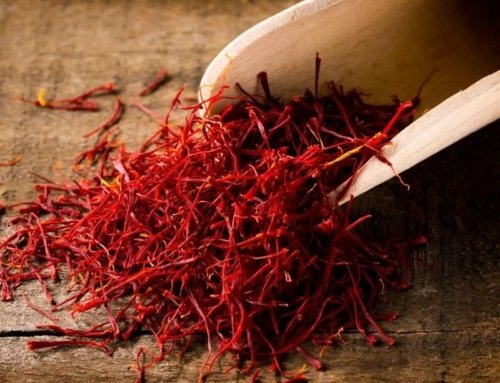
Get Social